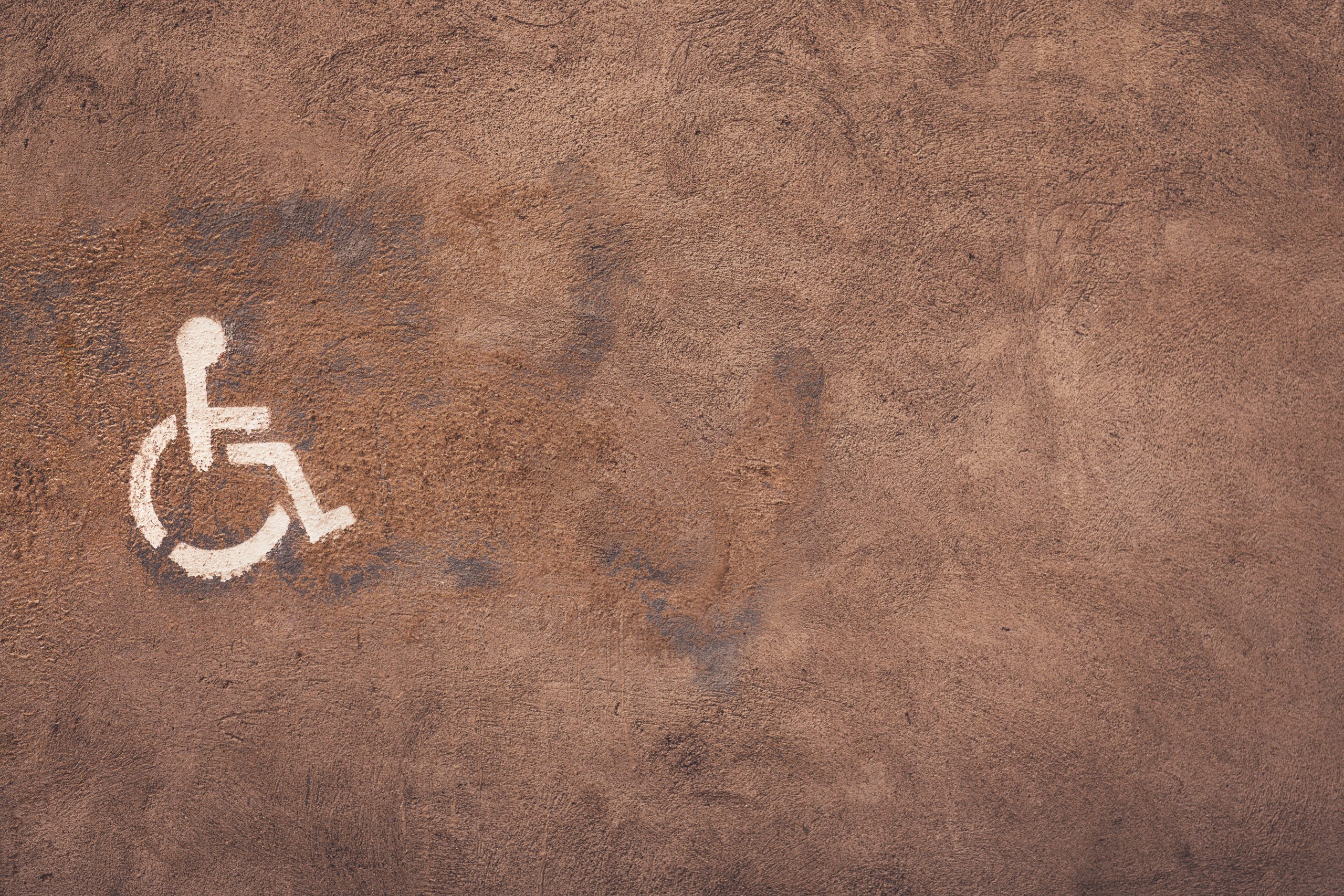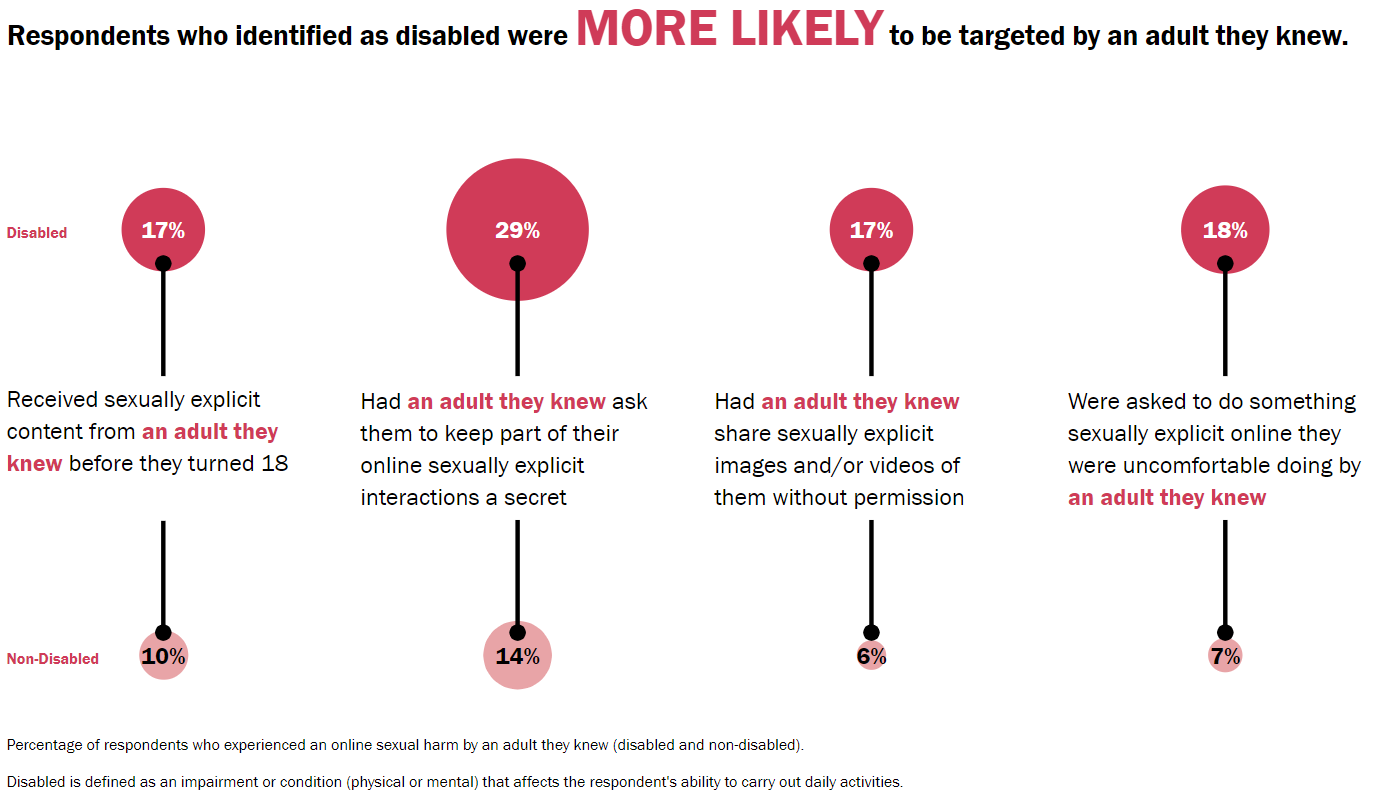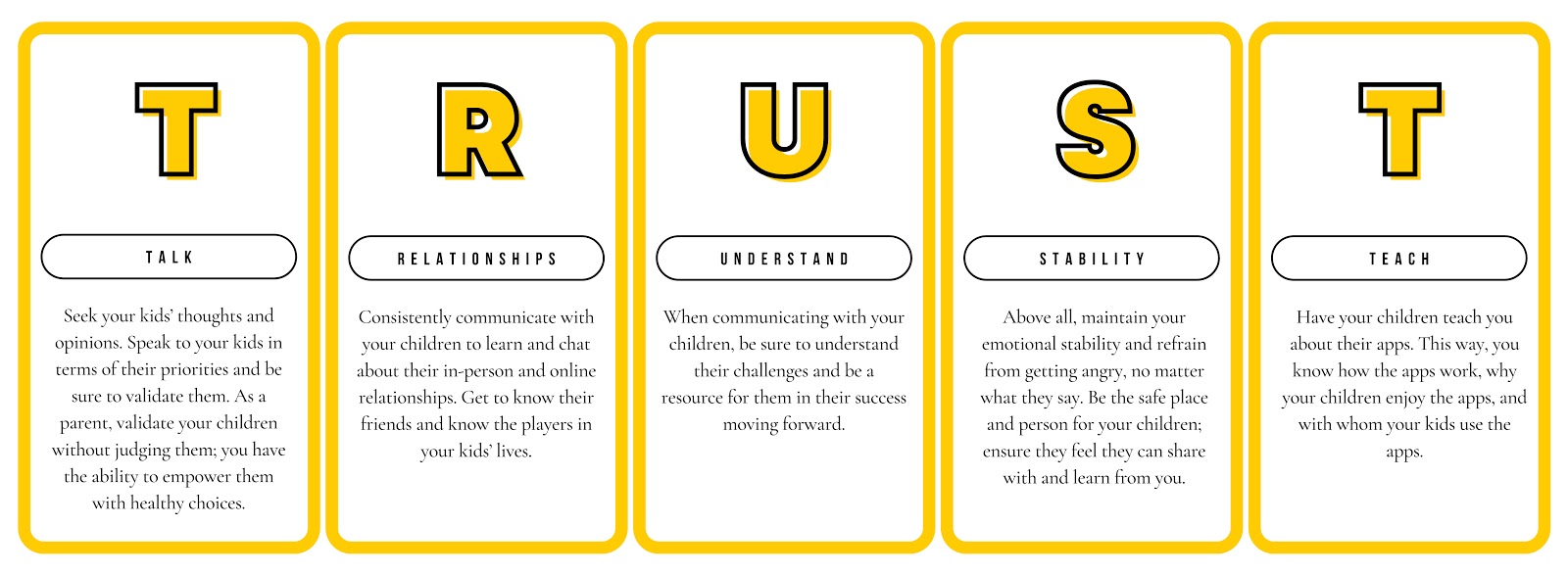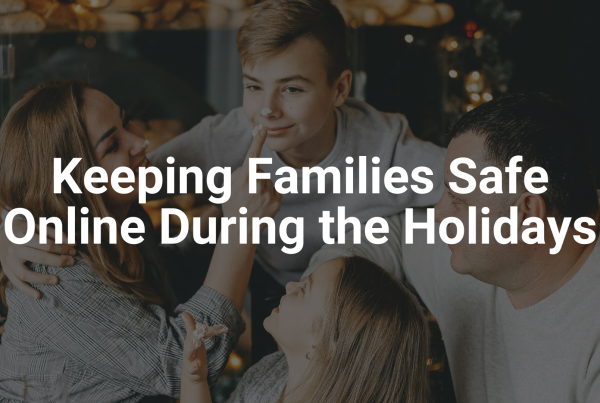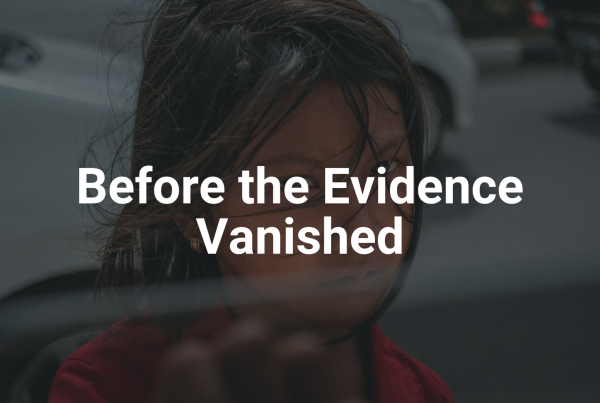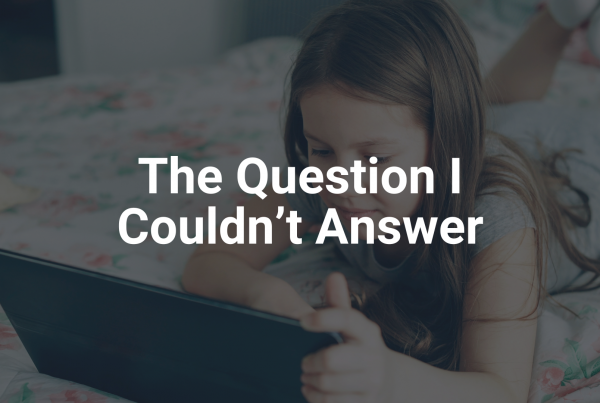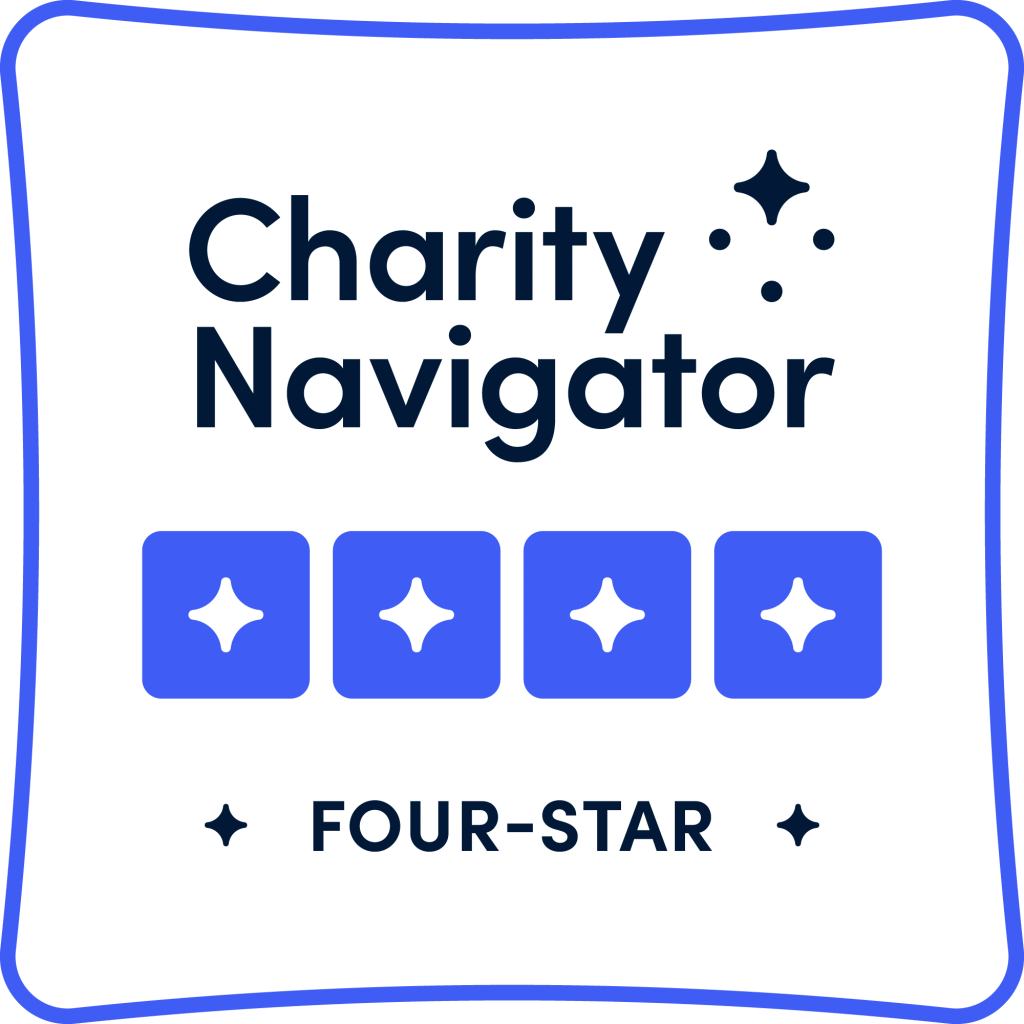Authors: Erin Maloney, Cytisus Eurydice, interview with Nicole Moehring
Published: October 5, 2022
Disclaimer: This post is dedicated to protecting children with disabilities; therefore, the safety recommendations are tailored to this information. At the end of this article, we have links to other blogs and information regarding keeping your children safe and how to communicate with them about these sensitive topics.
Approximately 1 in 10 children is sexually abused. This average focuses on children in general; however, when we focus on children with disabilities, the sexual abuse statistics change.
This is a big deal. Here’s why you should care:
In the United States alone, there are more than 41 million people, ages 5 and older, that live with one or more disabilities. Within the age range of 5-15, 2.8 million children in the United States have a disability.
We see that people with disabilities are disproportionately victimized. Between 2017 and 2019, the rate of violent crimes against people with disabilities was nearly four times that of violent crimes against people without disabilities.
Rate of Violent Crime Against People Over the Age of 12
| People With Disabilities | People Without Disabilities |
|---|---|
| 46.2 / 1,000 people | 12.3 / 1,000 people |
What Does “Disability” Mean?
Before we dive too deeply into this topic, let’s clarify what disability means.
The World Report on Disability states, “Disability results from the interaction between individuals with a health condition, such as cerebral palsy, Down syndrome and depression, with personal and environmental factors including negative attitudes, inaccessible transportation and public buildings, and limited social support.”
In other words, a disability restricts someone when they lack an accessible environment due to circumstances such as being in a wheelchair, deafness, blindness, being on the autism spectrum, having cognitive delays, etc.
What Research Tells Us: United States
Research from the Department of Justice shows that among persons with disabilities, individuals ages 12-15 have the highest rate of victimization in violent non-lethal crimes. This research also indicates that the rate of sexual assault or rape against people with multiple disabilities is higher than the rate against people with one disability. Of the people with disabilities who were victims of sexual assault, 65% were diagnosed with multiple disabilities.
Rate of Sexual Assault/Rape Against Persons with Disabilities
| People With Multiple Disabilities | People With One Disability |
|---|---|
| 2.8 / 1,000 people | 1.4 / 1,000 people |
What Research Tells Us: Internationally
Sexual violence against children with disabilities is a global problem.
In 2021, WeProtect Global Alliance released a Global Threat Assessment. This assessment identifies the realities of sexual exploitation and abuse of children with the hopes of protecting children from sexual exploitation and abuse online.
They found that online sexual crimes involving children are occurring everywhere around the world. While North America’s percentage is 71% (respondents who had at least one online sexual harm), Australia is right behind with 67%. Western Europe is at 65%, Central America is close at 59%, and Southern Africa is at 57%. Of all the respondents of this assessment, 57% who identified as disabled had experienced at least one type of online sexual abuse.
During the COVID pandemic, there was a huge jump in numbers in terms of reports of child sexual exploitation to the National Center for Missing and Exploited Children’s global CyberTipline. The Philippines had a 265% increase in cases. Australia had a rise of 129%, and Mexico had an increase of 117% in reports of sexual abuse material discovered online.
There are many reasons for the drastic increase in report numbers during the pandemic, from children possibly not having access to trusted adults to having more time online in general, exposing them to predators. Some countries gained more internet access, and sadly there were clear delays in response to many child abuse reports during the lockdown.
The findings from the Global Threat Assessment showed that children with a disability are more likely to be targeted by someone they know versus children without a disability.
Why are Children With Disabilities at Greater Risk for Sexual Abuse?
A caregiver can unknowingly overlook signs of sexual abuse, including regressive behaviors like bed-wetting, self-harm, or appetite changes. These behavioral changes may be linked to the child’s diagnosis rather than warning signs of sexual abuse.
Many children with disabilities have communication challenges, which influence their ability to disclose abuse.
Children can be placed in out-of-home care centers where multiple staff members interact with the child. They can also be at home but have many providers in and out of the house. In these situations, there could be a lack of protective factors surrounding the child.
The unique aspects of a child’s disability can reduce the child’s safety. For example, a child with a physical disability may require a lot of hands-on care, increasing the number of adults around them. A child with a cognitive disability might not understand the difference between appropriate or inappropriate sexual behavior.
Regardless of their disability, children might not have had sex education in their curriculum at school. WHO’s Report on Disability notes that adolescents and adults with disabilities are more likely to be excluded from sex education programs and general sexual health care. Without education or tools, children lack critical information on how to handle potentially sexually abusive situations.
For Everyone: How Do We Help?
The statistics are heartbreaking, but there is hope! There are organizations dedicated to finding and stopping the bad guys and providing resources and support for victims and families.
Here at the Innocent Lives Foundation, we are a non-profit organization focused on identifying online predators who target children—all children—and turning the predators over to law enforcement.
Other organizations also focus on helping children with disabilities and their families with resources and support. One such organization is Voices of Change 2018. Their mission is to reduce the risk of abuse for children with disabilities through preventative education while empowering parents and guardians. The organization provides a foundation for advocacy, awareness, resources, and support for children under the age of 18 with disabilities and their families.
For Caregivers: What Can We Do?
In 2021, we got to speak with Nicole Moehring, CEO of Voices of Change 2018. Moehring emphasized the importance of speaking with children about online grooming, preventative education, and other topics (e.g., bodily autonomy, boundaries, consent), saying it is important to have ongoing conversations at the child’s current cognition level. She explained, “by not talking to our children, we cannot protect them, and they will not be able to differentiate between right and wrong.”
Moehring also mentioned some important details regarding having a healthy and open dialogue with children:
“By having open communication as a family, you should be using appropriate terminology for body parts, and describing the difference between secrets vs surprises. Open communication is essential and will allow your child to feel comfortable coming to you if they ever become a victim of sexual abuse. Often, perpetrators will use punishment, consequences and threats to scare children so they will not report the abuse. It’s important to talk to your child about whose care they will be under and who will be helping them with certain things such as: bathing, using the bathroom, and dressing to name a few.”
Nicole stressed having clear and open communication with children (and caregivers), and ILF agrees. For more information on talking to your children about online safety, check out our safety guide.
Questions Caregivers Should Ask
Children with disabilities often require supportive services, such as therapies and out-of-home placements. When children are not in our direct care, Nicole Moehring encourages parents and guardians to be involved in supportive services and ask questions such as:
- What protocols do you currently have in place to keep children safe?
- Are staff aware of the protocols? What are the procedures to ensure staff is following protocols?
- What are the requirements for staff and administration to be trained in sexual abuse?
- How often is training repeated for staff?
- What is the protocol if an employee is suspected of abuse?
- Are rooms being observed during sessions? If so, how?
- Are doors and rooms monitored and recorded?
- Does transportation have monitoring and video?
- In the event a child is abused, are parents able to view the videos? If so, what is the process?
Some best practices include:
- Make frequent calls to check on your child
- Stop in unexpectedly
- Ask questions regarding your child’s care
- Volunteer as much as you are able.
Stipulations we encourage when establishing your child’s Individual Service Plan (ISP) or Individual Education Plan (IEP):
- Include that any doors are to be left open during therapy or any one-on-one activities
- Establish safety measures for diapering and toileting, if needed
- Create clear rules and boundaries, and have open conversations with other families, caregivers and teachers regarding who your child has a lot of contact with
There are plenty of factors to keep in mind as a caregiver of children with disabilities.
Communicating With Your Loved Ones
As mentioned above, communication is key, especially for children with disabilities.
Robin Dreeke, former head of the FBI’s Counterintelligence Behavioral Analysis Program, developed the TRUST formula. TRUST offers great advice on building these solid relationships with your children.
Conclusion
Given the staggering statistics above, it is very important for all of us— caregivers, educators, family, community members, and friends— to protect children with disabilities. Communication is critical to ensure these children recognize the difference between inappropriate and appropriate behavior in others. They also need to know how to express themselves if an incident has occurred. If a child struggles to express themselves, you need to be aware of behavioral changes and warning signs of sexual abuse. Please keep in mind that sexual abuse occurs in many forms, not just physical contact.
If you have concerns about your child being harmed, you can contact your local police department or report it to the CyberTipline. To report the exploitation of children, you can report a case to the Innocent Lives Foundation.
The Innocent Lives Foundation works to identify anonymous child predators and help bring them to justice. You can help.
